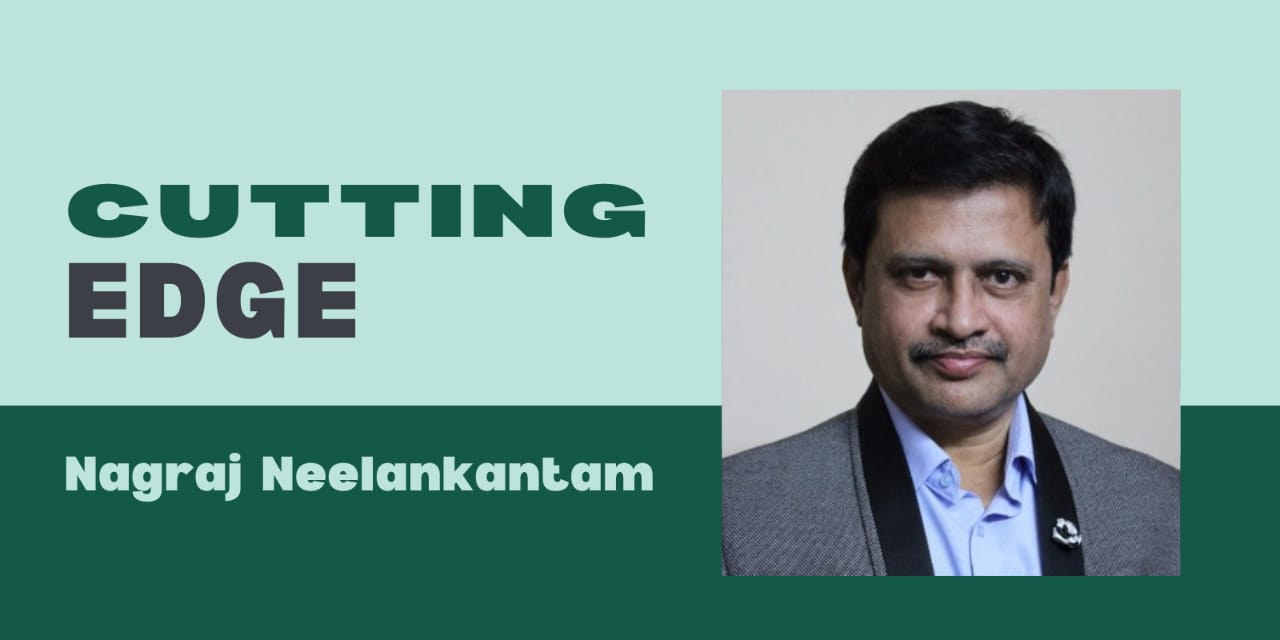Every so often, a signal rises above the noise, resounding, urgent, impossible to ignore. Bank of America’s latest projection, warning of an unprecedented $41 trillion at risk, is precisely that kind of signal. In a world already reeling from inflation, conflict, and eroding trust, this revelation is not a whisper from the markets—it’s a thunderclap announcing a gathering storm.
This is not just about numbers shifting on financial screens. It’s about a silent ripple swelling into a tidal wave—threatening the savings of retirees, the hopes of homebuyers, the plans of businesses, and the economic scaffolding of nations. These tremors, as outlined by Bank of America, are not distant or abstract. They’re already being felt—in the nervous energy of trading rooms, in the caution of consumers, and in the strategic moves of global powerhouses rebalancing their portfolios.
At the heart of this looming crisis is a quiet but unmistakable shift: capital, once securely parked in the U.S. financial system, is now flowing elsewhere. Investors are seeking refuge in emerging markets and gold assets, traditionally viewed as safe havens in turbulent times. This isn’t panic; it’s strategic recalibration. Yet in an economy as tightly woven as ours, even rational shifts can produce shockwaves.
The message here is nuanced but potent. What we’re witnessing is not just diminished faith in U.S. assets, but a deeper global push for diversification—a slow retreat from over-reliance on one economy, one currency, one narrative. While that may seem prudent, it also threatens to upend long-standing financial structures. When capital exits a system as central as the U.S. economy, consequences aren’t speculative—they’re inevitable.

For decades, the U.S. dollar has reigned as the world’s financial bedrock—the default currency for trade, savings, and diplomacy. But today, that throne wobbles. BRICS nations—Brazil, Russia, India, China, and South Africa—are increasingly trading in local currencies, subtly challenging dollar dominance.
This gradual shift toward de-dollarisation doesn’t suggest imminent collapse, but it introduces fragility where once there was faith. If trust in the dollar erodes, and major economies start offloading U.S. Treasuries, the dominoes may fall quickly. Borrowing costs could rise, liquidity could evaporate, and the foundations of dollar-backed stability could begin to crack.
Adding to the fragility is a sector largely invisible to the public: shadow banking. These unregulated institutions—hedge funds, private equity firms, and financial intermediaries—manage trillions in assets but operate outside traditional oversight. Bank of America’s warning is stark: if even one major player in this shadow domain falters, the repercussions could ricochet across continents.

A failure here could freeze credit markets, erode investor confidence, and ignite a crisis of trust. In an interconnected system, where one firm’s liabilities are another’s assets, a single collapse could cascade with astonishing speed.
Meanwhile, another threat brews from within: America’s own fiscal house is in disrepair. Federal debt has surpassed $35 trillion, with annual interest payments alone now exceeding $1 trillion. This is no longer a long-term concern—it’s an immediate red flag. Questions are mounting not just about America’s financial health, but about its capacity to lead during crisis.
Markets don’t just respond to data—they respond to confidence. And as debt balloons, confidence deflates. If foreign governments and institutions—holders of vast U.S. Treasury reserves—start to lose faith, the exit could be swift and painful. Higher interest rates, tightened credit, and fiscal paralysis would soon follow.
But beyond institutional dynamics lies a very human cost. For millions of retirees and working families, market stability isn’t academic—it’s their daily reality. According to Bank of America, even a 10-15% market correction could wipe out years of gains in pension funds. This isn’t about abstract volatility; it’s about food on the table, rent paid on time, and the promise of dignified aging.
In such times, the U.S. Federal Reserve is both a lifeline and a lightning rod. With inflation still looming and political pressure mounting, its options are constrained. Raise rates, and risk stifling growth. Cut rates and risk reigniting inflation. The Fed’s credibility—like the dollar’s value—is now under global scrutiny, and each decision carries outsized consequences.
Most sobering of all, this crisis unfolds in an era of waning international cooperation. Nations are turning inward. Alliances are strained. Multilateral institutions are viewed with scepticism. In past crises, coordinated responses from central banks and global bodies offered reassurance. Today, that safety net feels dangerously thin.
Bank of America’s call is not just for alarm—it’s for action: reduce deficits, rebuild resilient trade relationships, and reform fragile institutions. But in a world pulled by nationalism and fragmentation, such unity feels elusive.
To interpret this warning merely as a financial forecast is to miss its deeper resonance. This is a meditation on fragility—on how even the sturdiest systems can crumble when trust erodes and cooperation falters. This is not fear-mongering; it is a call for preparedness, resilience, and reform.
The coming months will be pivotal—not just for Wall Street or Washington, but for anyone who relies on stable systems for security, opportunity, and a future worth building. Whether this becomes a crisis or a course correction will depend on the choices we make now.
And if there’s any comfort, it lies here: awareness is the beginning of wisdom. When we heed the warnings and reflect with honesty, we open the door to meaningful change for individuals, for nations, and for a global economy in urgent need of new anchors.






